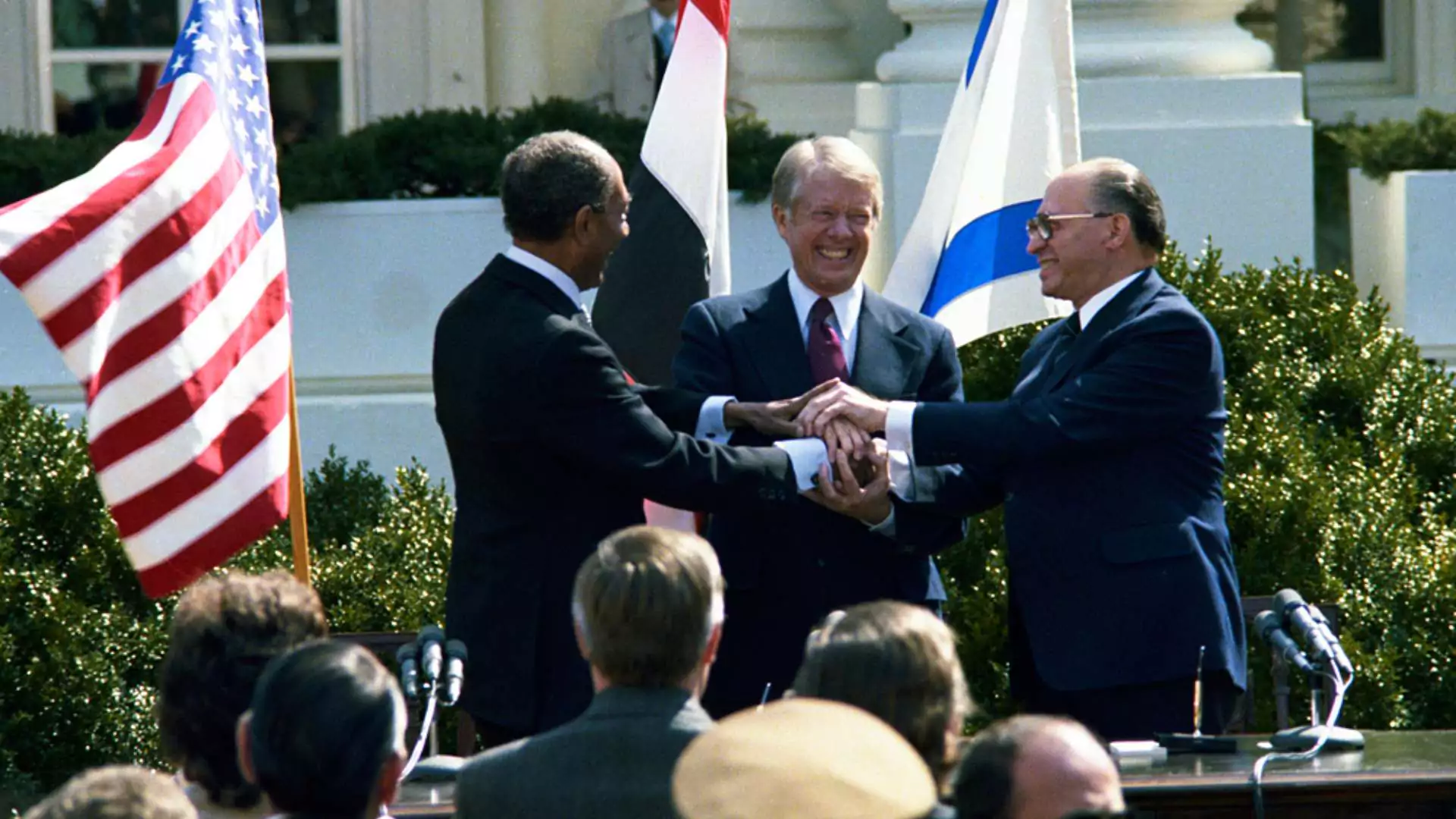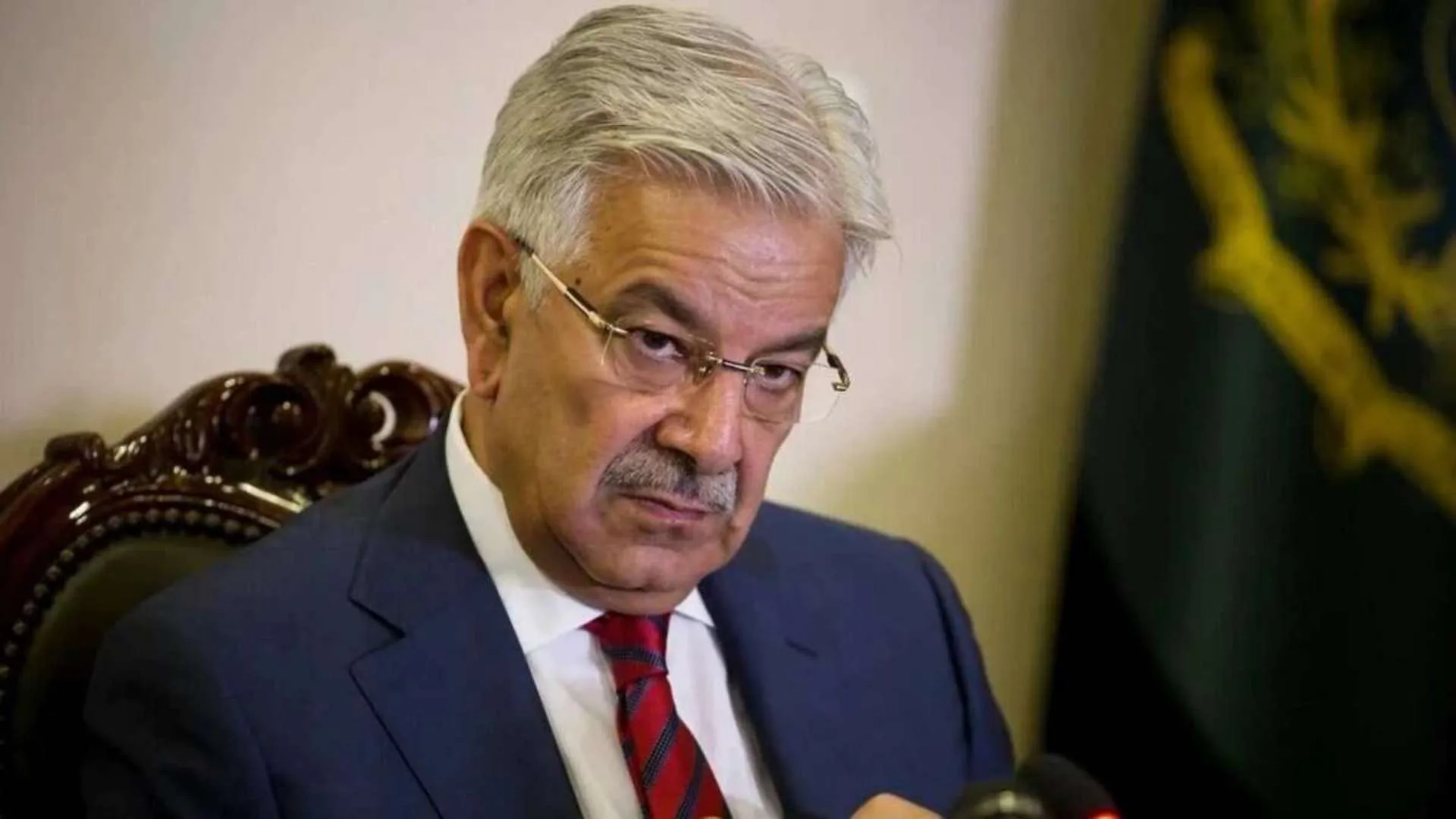Jimmy Carter, the 39th President of the United States and a Nobel Peace Prize laureate, died on Sunday at his home in Plains, Georgia, at the age of 100. Carter, a Democrat and former peanut farmer from Georgia, served as president from 1977 to 1981. Among his most significant accomplishments was brokering the historic Camp David Accords in 1978, which resulted in a peace treaty between Egypt and Israel.
The Camp David Accords: A Landmark in Diplomacy
The Camp David Accords, facilitated by President Carter, marked a turning point in Middle Eastern diplomacy. Egyptian President Anwar Sadat and Israeli Prime Minister Menachem Begin signed the agreement on September 17, 1978, after 13 days of secret negotiations at the presidential retreat in Maryland.
This agreement sought to ease decades of hostility between Egypt and Israel. President Carter worked closely with Secretary of State Cyrus Vance from the beginning of his administration, aiming to revive the Geneva Conference as a platform for resolving the Arab-Israeli conflict.
Reflecting on the efforts, Carter once said, “Peace is not the absence of conflict, but the ability to resolve it peacefully.”
Sadat and Begin were awarded the 1978 Nobel Peace Prize for their roles in the agreement. Carter was later recognized for his lifelong dedication to promoting peace.
Objectives of the Camp David Accords
The Camp David Accords established a framework for peace in the Middle East with clear objectives:
- Recognition of Israel: Arab nations formally recognized Israel’s right to exist.
- Israeli Withdrawal: Outlined the withdrawal of Israeli forces from the West Bank, setting the stage for Palestinian self-rule.
- Security Guarantees: Addressed Israel’s security needs while promoting regional stability.
The agreements came after decades of conflict between Israel and its neighbors, including the Six-Day War in 1967 and the Yom Kippur War in 1973. During these wars, Israel captured key territories, including the Sinai Peninsula from Egypt.
Role of UN Resolution 242
Carter’s diplomatic push in 1977 was rooted in the principles of UN Resolution 242, adopted in 1967. The resolution condemned territorial expansion through war and called for a just and lasting peace in the region.
Despite initial resistance from both Egypt and Israel, a breakthrough came in November 1977 when Sadat addressed the Israeli parliament, signaling a willingness to negotiate. This bold move led to informal peace talks and ultimately the Camp David Accords, marking the first formal agreement between Israel and an Arab state.
Key Agreements Reached
Framework for Peace in the Middle East:
- Proposed Palestinian self-rule in the West Bank and Gaza.
- Called for full implementation of UN Resolution 242, including Israeli withdrawal from occupied territories.
- Acknowledged Palestinian rights and outlined steps for granting autonomy within five years.
Framework for the Egypt-Israel Peace Treaty:
- Paved the way for the 1979 Israel-Egypt Peace Treaty.
- Required Israel to withdraw from the Sinai Peninsula.
- Facilitated Egypt’s recognition of Israel and the establishment of diplomatic relations.
- Allowed Israeli ships access to strategic waterways, including the Suez Canal and the Straits of Tiran.
- Secured US financial aid commitments of $1.3 billion annually for Egypt and $3 billion for Israel, along with additional investments and support.
Also Read: How Will Jimmy Carter’s Death Impact Trump’s Inauguration Day Plans?























